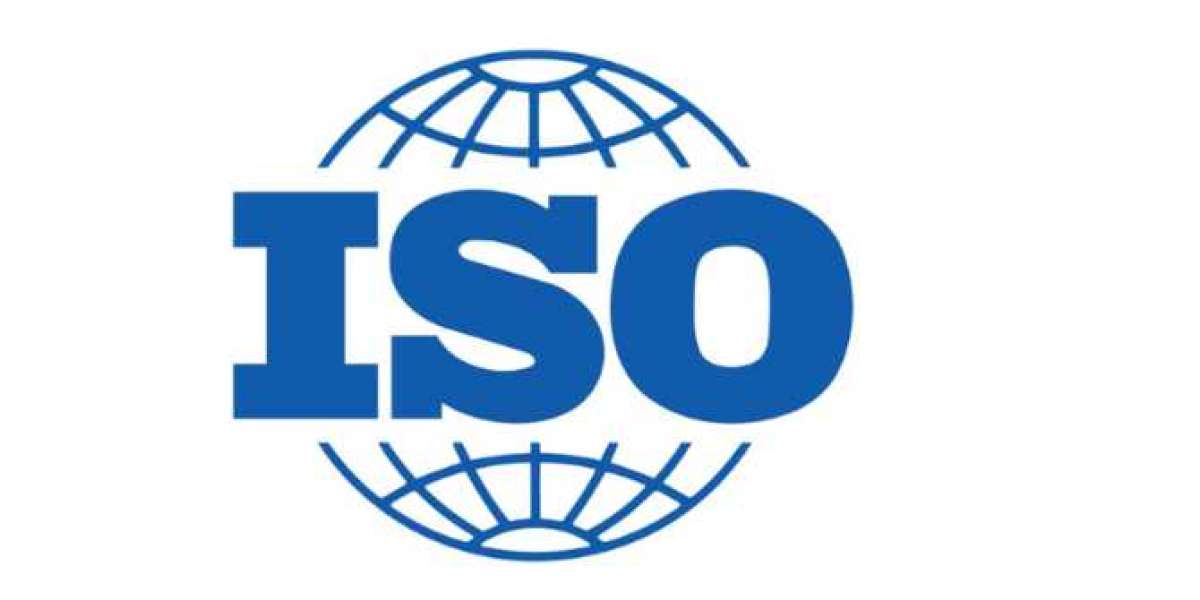Molded pulp packaging has become a significant player in the shift toward sustainable and eco-friendly solutions. Once primarily associated with egg cartons and simple protective packaging, molded pulp has rapidly evolved, adapting to meet diverse industries' needs and reducing environmental impact. As awareness grows around sustainable practices, the packaging industry is witnessing transformative trends in molded pulp design, emphasizing recyclability, biodegradability, and innovative functionality. Here’s a deep dive into how molded pulp design trends are reshaping eco-friendly packaging for the future.
Embracing Minimalism in Molded Pulp Design
In recent years, minimalistic design has become one of the leading trends across various industries, including packaging. Molded pulp packaging aligns naturally with minimalist principles, as it can reduce the need for excessive material while still ensuring product safety. Unlike traditional packaging materials that often involve plastic and multiple layers, molded pulp offers a cleaner, more sustainable alternative. By reducing material waste and maximizing functionality, minimalist molded pulp designs appeal to eco-conscious brands and consumers alike.
Minimalism in molded pulp design goes beyond aesthetics; it also aims to create practical and efficient packaging that minimizes resource consumption and environmental impact. These designs often focus on a single, uninterrupted structure that securely fits the product. For example, molded pulp trays with custom cavities that fit each product part eliminate the need for additional padding. This minimalist approach not only saves resources but also enhances the unboxing experience, underscoring a brand’s commitment to sustainability without compromising style.
Increased Customization for Brand Identity
As more brands seek distinctive packaging that reflects their identity, customization has emerged as a prominent trend in molded pulp design. Molded pulp can be crafted into various shapes and textures, allowing brands to create packaging that speaks to their unique ethos and connects with customers on an emotional level. With modern technologies, companies can emboss logos, add custom colors, or incorporate patterns directly into molded pulp packaging, enhancing both brand recognition and product appeal.
Customized molded pulp packaging also helps brands communicate their commitment to sustainability. For example, companies can design molded pulp inserts that fit snugly within boxes, eliminating the need for additional protective layers while keeping their products secure. By showcasing eco-friendly packaging that still maintains an attractive, personalized design, brands can enhance customer loyalty and position themselves as leaders in the sustainable packaging movement.
Functional Designs to Enhance Product Protection
One of the key advantages of molded pulp packaging is its adaptability to different product shapes and sizes, which enhances product protection. Recent molded pulp design trends emphasize not only sustainability but also functionality. Today’s molded pulp packaging solutions are often engineered to cushion and protect fragile items while offering features that add convenience for consumers. For example, molded pulp inserts can be designed with separate compartments to hold multiple items securely, which is especially useful in electronics, cosmetics, and food industries.
Moreover, molded pulp designers are innovating with shock absorption capabilities by crafting multi-layered designs that provide increased protection without extra materials. By designing complex pulp structures tailored to specific products, companies can avoid traditional packing fillers like foam and plastic, further reducing their carbon footprint. These functional enhancements meet consumer expectations for product safety and demonstrate a brand’s dedication to eco-friendly practices.
Bio-Based Coatings for Enhanced Durability
While molded pulp is naturally biodegradable, designers are exploring bio-based coatings to extend its durability and widen its use cases. Molded pulp products typically perform well in dry environments but may face challenges when exposed to moisture. To address this, some manufacturers are applying bio-based coatings to molded pulp packaging to increase its resistance to water and grease without compromising its eco-friendly qualities. These bio-coatings allow molded pulp packaging to cater to a broader range of industries, such as food and beverage, where moisture resistance is crucial.
Bio-based coatings are also designed to decompose with the rest of the pulp material, ensuring that the packaging remains fully biodegradable. By adopting coatings made from renewable resources, companies align with the eco-friendly mission of molded pulp packaging while expanding its functionality. This trend reflects the growing demand for packaging solutions that not only protect products but also align with sustainable values, offering a win-win for businesses and environmentally-conscious consumers.
Innovative Designs to Improve Consumer Experience
Consumers today are looking for more than just product protection; they want a memorable unboxing experience that reflects their values. Molded pulp design trends now focus on innovative features that improve the overall consumer experience, from easy-to-open structures to designs that create a luxurious yet sustainable presentation. For example, some molded pulp packaging includes built-in handles or ergonomic shapes that make carrying and opening the package more convenient, catering to the consumer’s lifestyle.
In addition, the tactile appeal of molded pulp contributes to a positive user experience. The natural, earthy texture of molded pulp resonates with consumers who prioritize eco-friendly options, offering them a product that feels aligned with sustainable values. This attention to the consumer’s experience can help brands enhance customer loyalty while showcasing a commitment to environmental responsibility. By integrating thoughtful design elements into molded pulp packaging, companies can build stronger connections with eco-conscious consumers and stand out in a competitive market.
Conclusion
The evolution of molded pulp packaging reflects the broader shift toward sustainable, eco-friendly design across industries. As these design trends progress, molded pulp continues to push the boundaries of functionality, customization, and aesthetics, proving that sustainability and innovation can go hand in hand. From minimalist and functional designs to bio-based coatings and consumer-centric features, molded pulp design trends are setting new standards for eco-friendly packaging. By embracing these trends, brands can offer packaging solutions that align with consumer values, reduce environmental impact, and solidify their reputation as forward-thinking, responsible companies.













